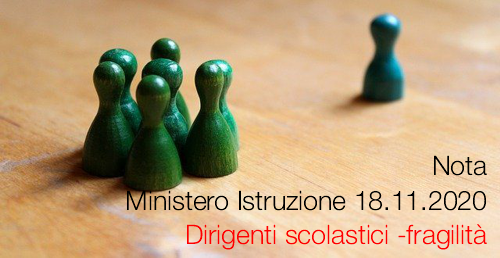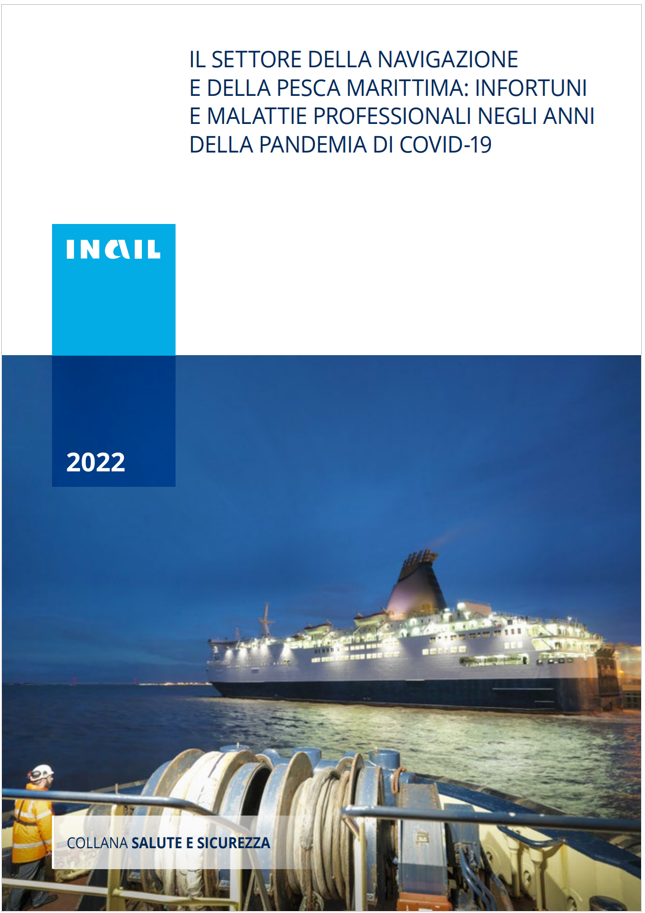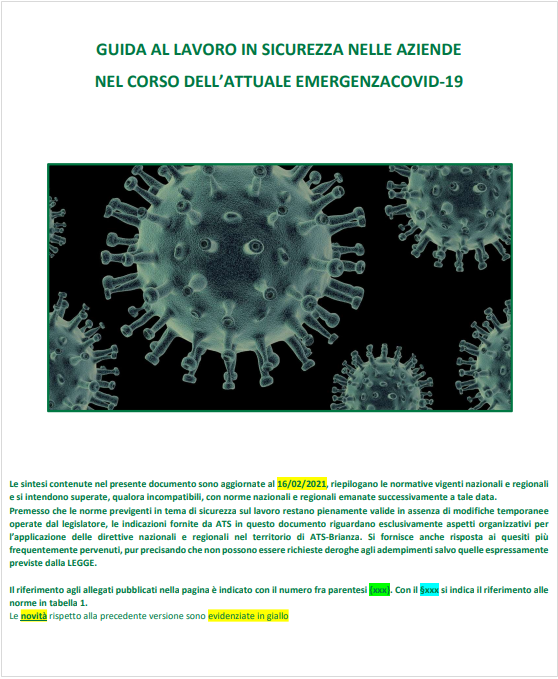Informazione tecnica HSE / 25 ° anno
/ Documenti disponibili:
45.620
/ Documenti scaricati: 34.645.513
/ Documenti scaricati: 34.645.513
ID 19608 | 11.05.2023 / In allegato
Microbial pollution is a key element of indoor air pollution. It is caused by hundreds of species of bacteria and fungi, in particular filamentous fungi (mould), growing indoors when sufficient moisture is available.
This document provides a comprehensive review of the scientific evidence on health problems associated with building moisture and biological agents.
The review concludes that the most important effects are increased prevalences of respiratory symptoms, allergies and asthma as well as perturbation of the immunological system.
The document also summarizes the available information on the conditions that determine the presence of mould and measures to control their growth indoors.
WHO guidelines for protecting public health are formulated on the basis of the review. The most important means for avoiding adverse health effects is the prevention (or minimization) of persistent dampness and microbial growth on interior surfaces and in building structures.
...
segue in allegato

Nota Ministero dell'Istruzione 18 novembre 2020 - AOODGPER 36611
Oggetto: Dirigenti scolastici in condizione di fragilità - Indicazioni.
A se...

ID 17941 | 26.10.2022
Il documento tratta i dati del settore della navigazi...

Guida al lavoro in sicurezza nelle aziende nel corso dell’attuale emergenza Covid-19
ATS Brianza - vers. 2.7 16 febbraio 2021
Il presen...
Testata editoriale iscritta al n. 22/2024 del registro periodici della cancelleria del Tribunale di Perugia in data 19.11.2024